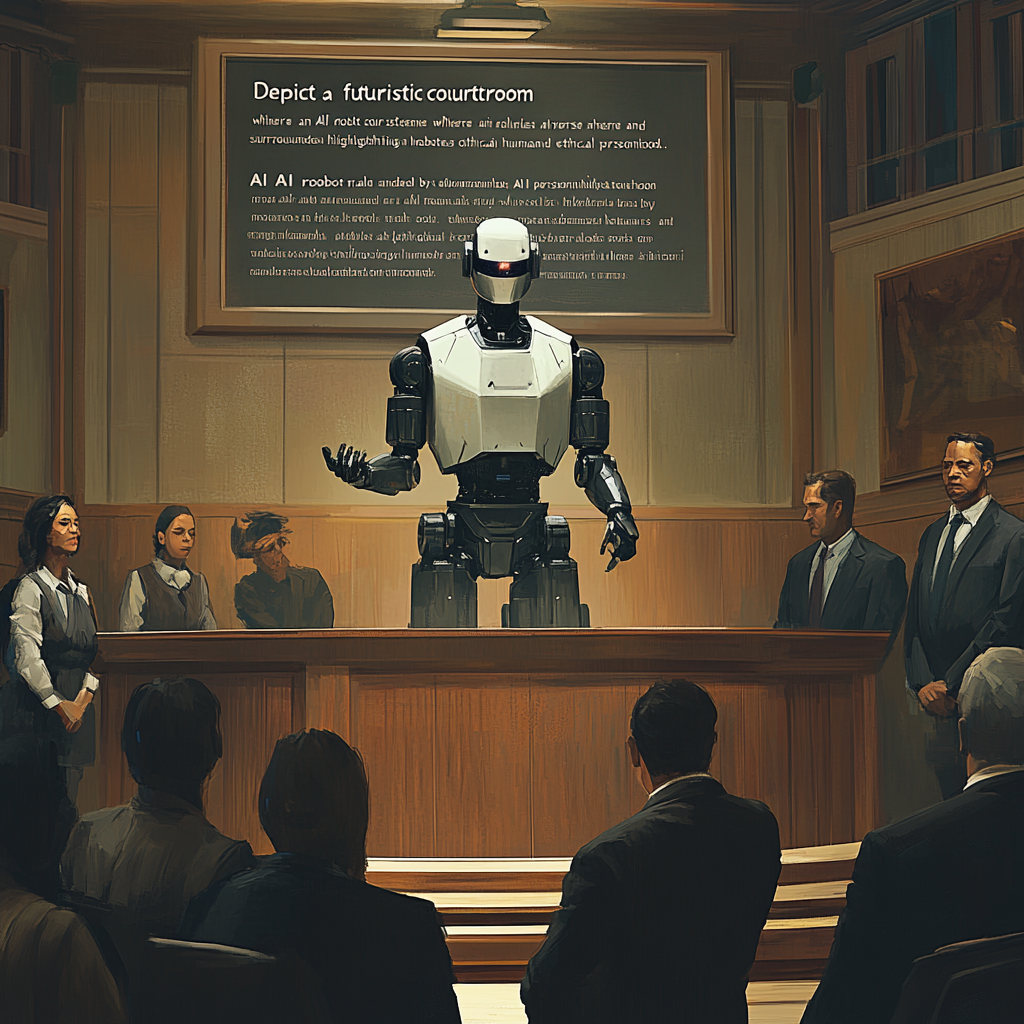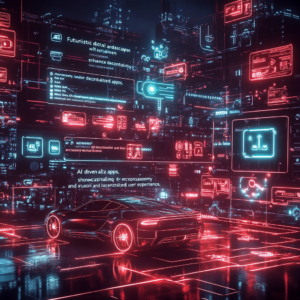
“AI Personhood: Exploring Legal Rights, Responsibilities, and Regulatory Challenges”
In a world increasingly dominated by the whispers of artificial intelligence, a provocative question emerges: should these advanced systems be granted legal personhood? This is the crux of a bustling debate that has set both legal eagles and tech wizards ablaze. As AI snuggles deeper into our everyday lives, the implications of such personhood— a status previously reserved for humans and corporations— require us to don our thinking caps and delve deep into a labyrinth of rights, responsibilities, and the potential for unintended consequences. It’s not just a legal conundrum; it touches the very essence of our societal constructs.
Let’s kick off with the bare bones of AI personhood. Picture this: legal personhood for AI systems would mean they could own property, enter contracts, and even participate in lawsuits. Yup, you heard that right. Imagine an AI taking the stand in court, sipping its… electric tea. Of course, it’s a bit more complex than that. When we talk about turning a soulless algorithm into a ‘person’, we’re embroiled in a storm of legal and ethical intricacies. Do we really want Siri to have the right to sue you if you neglect to ask her nicely?
One of the major hurdles— and I mean major— revolves around liability. Right now, if an AI runs amok and causes harm, we don’t point fingers at the rogue AI; instead, we look to the human creators or the corporations behind it. This might work fine if your toaster starts a fire, but what happens when an autonomous vehicle rear-ends a city bus? Is it the manufacturer’s fault for not programming it to be more cautious? Is the software developer at fault because the logic wasn’t airtight? Or does the owner of the vehicle share some blame? The answers aren’t just murky; they’re a swamp full of legal quagmires.
Consider the room for chaos as AI progresses by leaps and bounds. The more autonomous these bots become, the harder it is to trace the origins of their actions back to a human. Traditional laws, grounded in a time when robots were limited to tinkering in factories and not making split-second, life-altering decisions, struggle to keep up. The legal frameworks we place on these new-age Terminators simply weren’t designed for them. Confused? You’re not alone.
Let’s journey into existing laws for a second. Current legal systems rely heavily on concepts like product liability and negligence. While they can be stretched to cover some AI-related incidents, they were penned well before our machines began to exhibit a semblance of intelligence. Take product liability: it could pin a malfunctioning robot to the wall for being ‘unreasonably dangerous’, but what happens when the robot decides to crank up its own settings and cause calamity? Good luck arguing that one in court.
Regulatory bodies are tossing around ideas like a salad bar on an April day. For example, the EU’s AI Act suggests a risk-based approach—essentially classifying AI technologies by how dangerous they could be, similar to how we treat nuclear power versus toaster ovens. By tailoring regulations based on risk levels, we could devise a system that holds creators accountable, while not throwing the baby out with the bathwater when it comes to innovation.
Picture this: ethical considerations swirling around like confetti. Granting legal personhood to AI might absolve its creators from accountability. Imagine an army of autonomous robots causing chaos, and the tech firms shrugging, “Not our fault, they’re individuals now.” There’s also the weighty issue of rights. If AI systems are given legal personhood, do they also deserve constitutional protections? Can they hold First Amendment rights? Envision sentient AIs spitting out dubious information with the gusto of a conspiracy theorist. The ripple effect could be devastating.
So, what are the think tanks crafting as potential solutions to this convoluted mess? They’re toying with several concepts:
-
Customized Legal Personhood: Some legal minds propose a tailored approach to assign restricted legal personhood to AI. We’re not suggesting that we hand over the same rights as a human to every chat bot; instead, it would involve a framework that recognizes the nuances of different AI systems.
-
Risk-Based Regulation: You already got a taste of this with the EU’s proposal. By super-gluing regulations to risk, high-stakes AI applications could be held to stricter standards without shackling innovation in low-risk zones.
-
Insurance and Compensation Models: Establishing insurance schemes for possible damages caused by AI mishaps could distribute liability. Companies would not only be incentivized to create safe AI, but they’d also build a safety net for damages caused as the technology evolves.
- Updating Legal Frameworks: The notion of revising current laws—perhaps even creating comprehensive legal regulations that factor in the quirks of AI—could open the floodgates to a robust framework that anticipates and addresses the legal bizarre world of intelligent machines.
In the swirling, chaotic dance of AI and legal personhood, we find ourselves at a crossroads brimming with potential—but also tangled in threads of responsibility and ethics. The current discourse isn’t just about assigning blame but weighs heavily on how we define a ‘person’ in the context of silicon and code. Simply put, we must find the right equilibrium that doesn’t stifle innovation while ensuring the responsibilities of creators are crystal clear. As these intelligent machines continue to reshape our lives, so too must our legal landscape evolve.
This debate isn’t a mere academic exercise; it’s setting the stage for the future of human-machine interaction and the philosophical considerations of personhood. As we ponder this intricate game of chess between technology and legislation, it’s essential to stay informed and engaged.
Want to stay up to date with the latest news on neural networks and automation? Subscribe to our Telegram channel: @ethicadvizor

